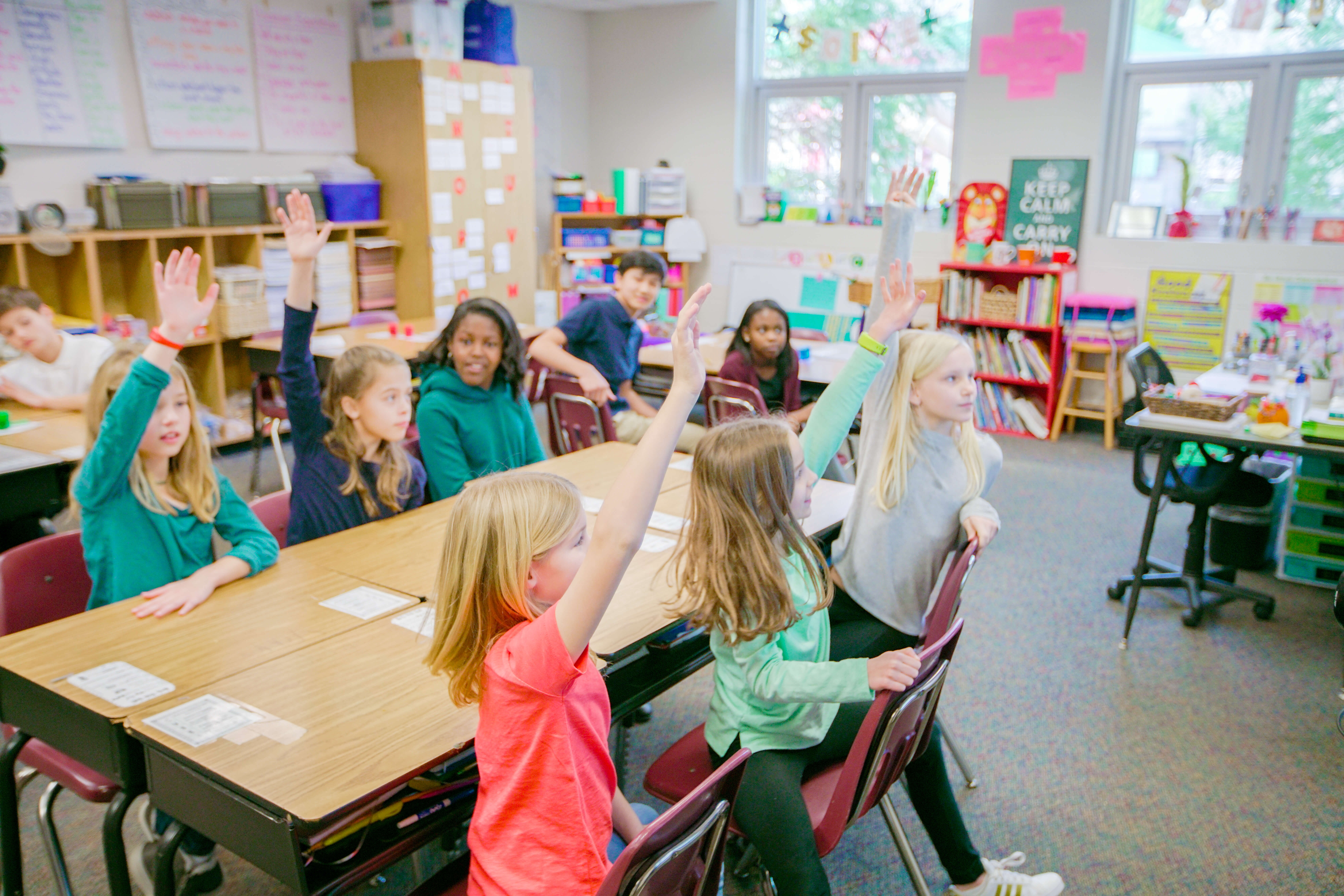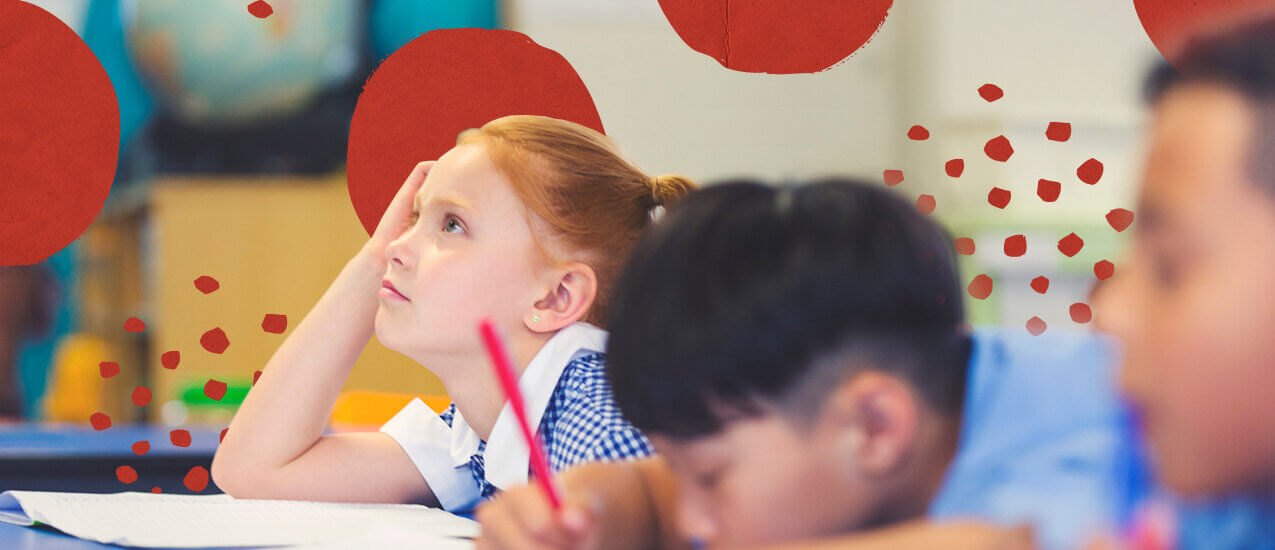Differentiation in the classroom is an important skill for teachers to give pupils the best chance at learning, regardless of their abilities, strengths, and weaknesses. These conditions can be applied to the principal learning profiles, teachers should consider how to best inspire these pupils. Student engagement is key to fostering motivation and confidence in the classroom.

1. Giving assurance to the invisible child
This particular child is likely to be quiet at school — or just keep their head down get on with their work — and is less likely to misbehave or be disruptive. It is important for teachers not to overlook this pupil and to encourage confidence through collaborative learning. By facilitating group learning and teamwork, all students have a common goal. Teachers should establish rules to ensure pupils listen to each other, and encourage invisible children to take ownership of their ideas.
2. Improving interest of the underachiever
This pupil usually scores highly in ability but lacks motivation. The best way to engage underachieving children is to establish his or her primary interests. Constant communication and building a good rapport will help teachers get to the bottom of this child’s enthusiasm. Students who feel that their personal passions are being valued are likely to respond more positively, which will improve their readiness to learn.
3. Cooperative learning for the right place, wrong time learner
Cooperative learning involves group activities in which all students have a common goal, but are interdependent upon each other to achieve it. Students should be observed and provided with assistance where necessary, and then the group work should be assessed at the end of the lesson. As the group’s success depends on everybody’s individual efforts, this type of learning encourages not only teamwork and interaction, but also personal abilities and responsibilities. By giving this student a key role with responsibility, the student will have a renewed sense of purpose.
4. Creative engagement with the learner with a potential specialism
This student has medium to high interest and high readiness, but perceived (often incorrectly) as having a low ability. One of the key considerations when engaging this pupil is patience, and a willingness to get to the bottom of their interests. Learners with very specific specialisms may at times come across introverted and work best when learning alone rather than interacting in groups. Creative thinking is important for engaging for these pupils, and allowing them to express their understanding in a less conventional way. What’s more, group learning should not be overlooked for this pupil – this can be essential to improving confidence.
5. The unmotivated learner benefits from external resources
Unmotivated learners who present medium to high levels of ability and readiness can benefit from collaborative learning sessions and external resources. By having the chance to work together towards a common goal attuned to their interests, these students can vocalise their passions and rekindle their spirit for a particular subject. External subject matter experts that act as mentors and teach these children about their specific interests can act as an alternative to traditional classroom learning.
6. The perfectly primed learner needs stimulation
A student with a high ability level is likely to crave stimulation at all times, which comes hand in hand with a desire for attention. While the teacher should encourage those with high abilities, they must also be wary of cultivating complacency. It is good practice to use a variety of different resources, from digital technology to talks from external mentors on specific subjects, to keep these pupils engaged and inspired.
7. Build a rapport with the learner in need
A learner in need may be one of the most challenging learning profiles for teachers, but through extra encouragement and building a strong rapport, this pupil can be inspired. Collaborative work is beneficial by allowing him or her to learn from his or her peers. Additional support may be necessary — offering counsel, for example, if they are experiencing personal problems. Technology can also be a useful means to develop a skill or interest in this pupil.
Understanding how pupils’ learning conditions can impact their learning profiles is an incredibly useful skill in teaching. It arms teachers with the necessary information to differentiate their teaching methods in the classroom, and to enable all their pupils to learn in the most effective way.
Find ways to engage your classroom with a free demo of our ActivPanel – either virtual, remote, or on-site.




